Feedback management
Willing to make the most out of your clients’ input? Pay attention to proper feedback management!
Efficient feedback management is one of the biggest contributors to the success of your business. No wonder many companies put their best effort into establishing a solid customer feedback system.
And it’s definitely challenging! With the amount of feedback you get daily over multiple digital channels, you might feel overwhelmed and all over the place. Scattered customer feedback results in unhappy customers, limited understanding of their needs, poor decision-making, sloppy product development, and low customer retention.
To avoid these, let’s take a closer look at what feedback management is, how it works, and why it matters to your company’s success.
What is feedback management?
Feedback management is querying, gathering, analyzing, processing, and using customer feedback to find new approaches to your product or service improvement.
Proper feedback management helps evaluate your current customer experience and get a grip on your customer’s expectations and pain points so that you can immediately respond and act. By regularly listening to your client’s requests, suggestions, and complaints, you can draw meaningful conclusions that will improve your solution.
Importance of feedback management
Use both positive and negative feedback to navigate your client’s needs and ensure your idea of their wishes is accurate. Customer churn is inevitable when your assumptions don’t match reality, resulting in negative word-of-mouth and bad reviews.
People genuinely like to be heard, validated, and valued. This is why feedback management should be taken seriously. It’s one of the constituents of customer advocacy—an approach that aims at putting your client’s needs first and tackling their problems with your product or service.
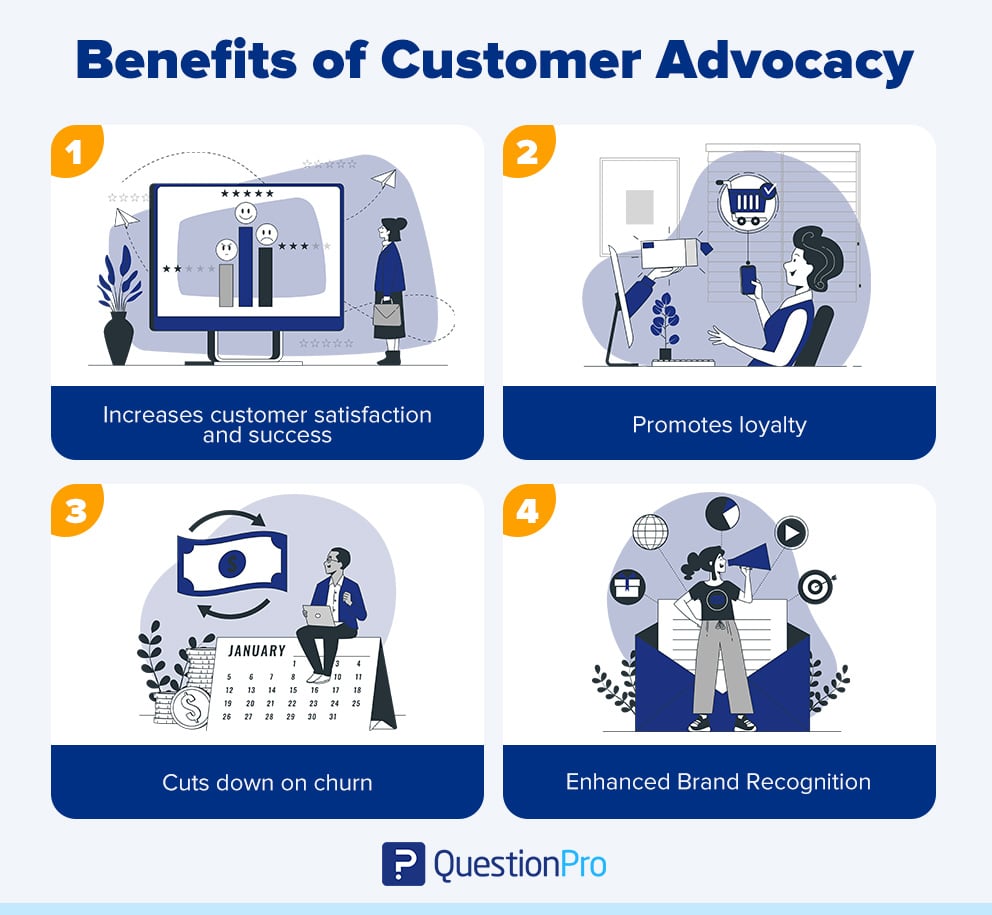
77% of customers have a more favorable view of brands that ask for and accept customer feedback. Besides, the benefits of getting your feedback management right also include the following:
- Helping you focus on the most burning issues of your business.
- Giving you valuable insights on how to improve your customer satisfaction.
- Reducing customer churn.
- Keeping your audience engaged with your brand.
- Improving client retention as they feel heard, valued, and eager to collaborate with you in the long run.
- Promoting trust and loyalty to your product.

Before you start
Feedback management is challenging, especially when you need help with prioritizing things. Ask yourself some of these questions before setting up your feedback management process.
- What are my goals?
Pose this question to your product team to set specific goals you want to reach through feedback management. These include anything from reducing your customer churn rate to UX improvement. - What are my feedback channels?
Focus on the exact feedback channels you can use to find more information on your client’s needs. What is the biggest source of your insights? Look through complaints, product reviews, bug reports, etc. - How do I gather my feedback?
Select specific methods of collecting your feedback data. Do these imply that users will give you feedback themselves, or should you reach out first? - How can I organize feedback?
Say you’ve gathered all the necessary feedback. How will you structure it? - What action should I take?
Draw up a strategy on how to address your feedback. Without a well-thought action plan, it will stagnate. - How can I reconnect with those who provided feedback?
Your feedback management journey isn’t over without reconnecting with clients who shared their input. Reach out with a new solution or demonstrate what’s been done to improve something they didn’t like.

Feedback channels
Product feedback
This is one of the best ways to determine what your customers think about your product. Use this information to implement necessary improvements, fix bugs, and improve your product.
Product feedback comes in handy not only for the business but also for customers. Basically, this is how they learn about your solution and decide whether to buy it.
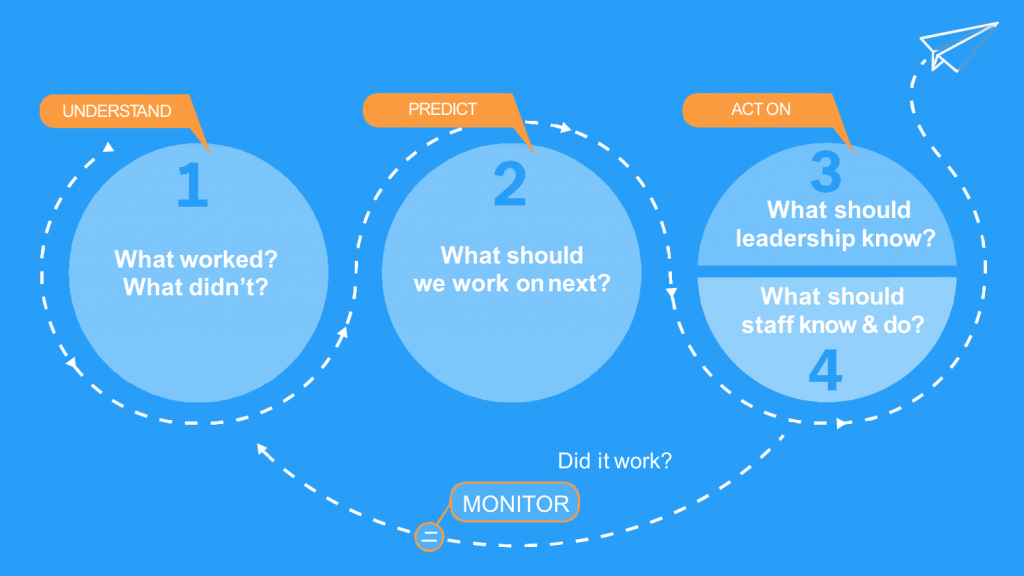
Feature requests
Feature requests are typically initiated by users and are primarily designed to improve their experience with the product. Requests can vary greatly, from adding an extra button to your page layout to creating a whole new structure for the app.
You are not bound to satisfy all the feature requests you get, but take time to analyze whether they are feasible. Sift through feature requests, prioritize them, and eliminate those that make no use to your solution.

Bug reports
These cover bugs, errors, or anything that causes troubles in product use. Your customers can report all sorts of issues, including design, coding, implementation bugs, you name it. It’s crucial to address them immediately; otherwise, you’ll be dealing with complaints, negative word-of-mouth, and higher customer churn.
And, as a matter of fact, buggy products don’t sell!
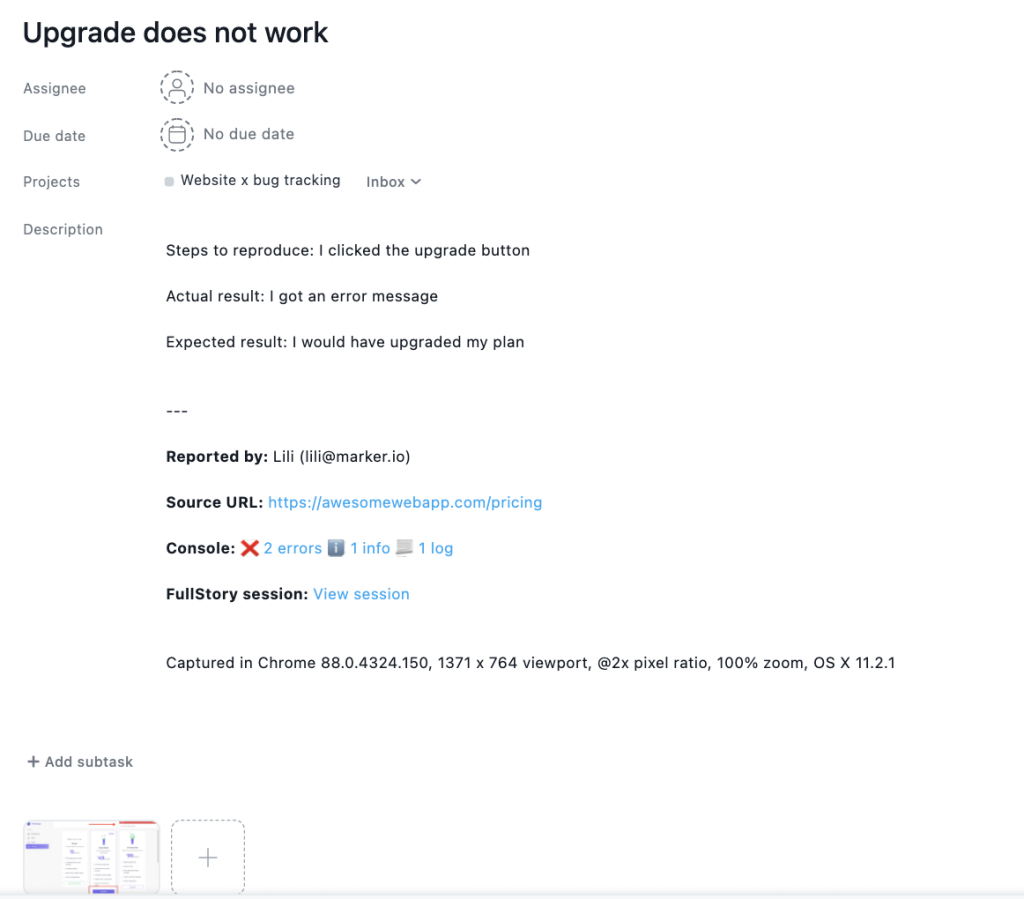
Customer reviews
By tracking your customer reviews, you’ll be 100% aware of what your clients like and dislike about your product. Customer reviews are typical of public websites and influence your potential customer’s buying intent. Since they are so easily available online, boost your customer experience by publicly addressing their issues. This is how you make customers feel heard and validated.
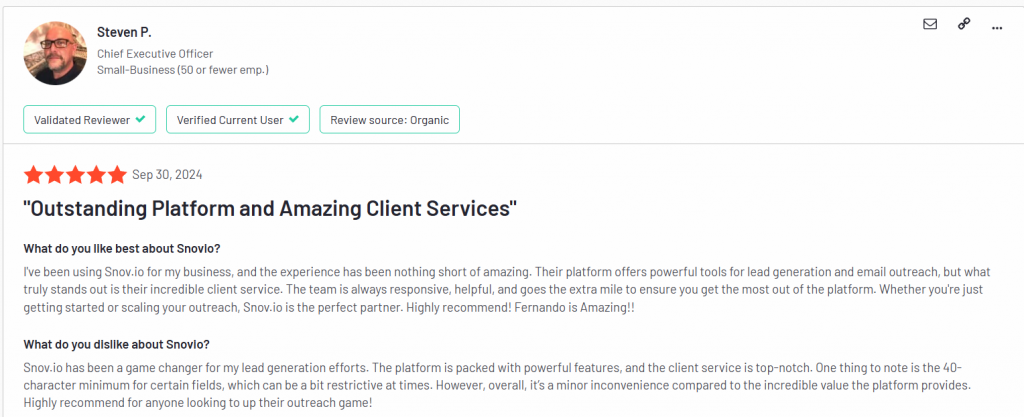
Emails
As trivial as they seem, emails remain popular in client feedback management. And no wonder! It’s a universal communication method that lets you contact your clients directly and source valuable feedback.
By reaching out privately, you develop a more personal approach to your customer. Meanwhile, to share your surveys with a huge number of clients, it’s better to resort to automated solutions—Snov.io cold email software, for example. Not only will it enhance your mailing coverage, but it will also enable you to create more personalized surveys (custom personalization variables included!) in a matter of a few clicks. The old dog can definitely be taught new tricks!
Social media
Watch out! If you aren’t evaluated highly on social media and don’t respond to critical comments, you’re increasing your chances of higher churn rates and poor sales.

Appreciation posts
A total asset to your business! When used wisely, appreciation posts are a powerful driver of your customer retention. They activate positive word-of-mouth, help you establish a better rapport with your customers, build trust, and draw more potential clients to your product.
Be grateful, always respond, and appreciate the people taking the time to praise your product. However, don’t get carried away and provide a constructive evaluation of what can be further improved.

Complaints
Don’t take them too personally, and try to understand what stands behind your customer’s negative experience. It’s of paramount importance to respond to such forms of feedback as soon as possible to maintain the trust of your customers.
Negative feedback is a magnifying glass pointing to the sides of your product that urgently needs improvement. As much as it is dreaded, it’s a great source of growth. If you fix your mistake right away and keep providing an excellent customer experience, 78% of consumers will do business with you again.
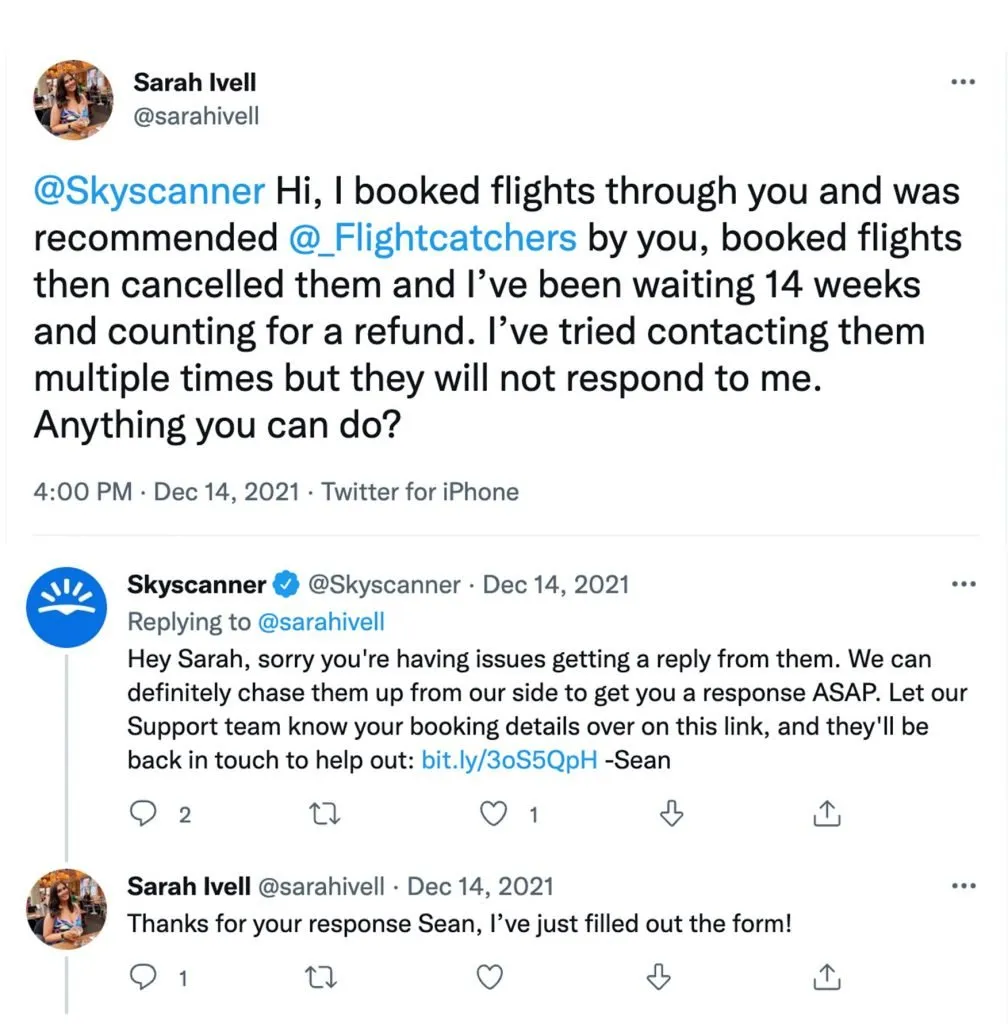
Surveys
To measure customer satisfaction, highlight problem areas of your business, and identify customer needs, resort to surveys. These are great to be conducted via email, forms, and other channels you might come up with.
For better results, conduct surveys in conjunction with interviews and focus groups. Make sure your surveys are always concise and on point. Robbing your customer of valuable time is not cool!
You can practice measuring the Net Promoter Score, a feedback system allowing you to gauge customer loyalty and satisfaction by asking clients about the quality of your products and the effectiveness of advertising campaigns.

Another type of survey to benefit from is the customer satisfaction survey (CSAT). It’s designed to understand your customer’s satisfaction with your product purchase. CSAT helps you see your product through your customers’ eyes.
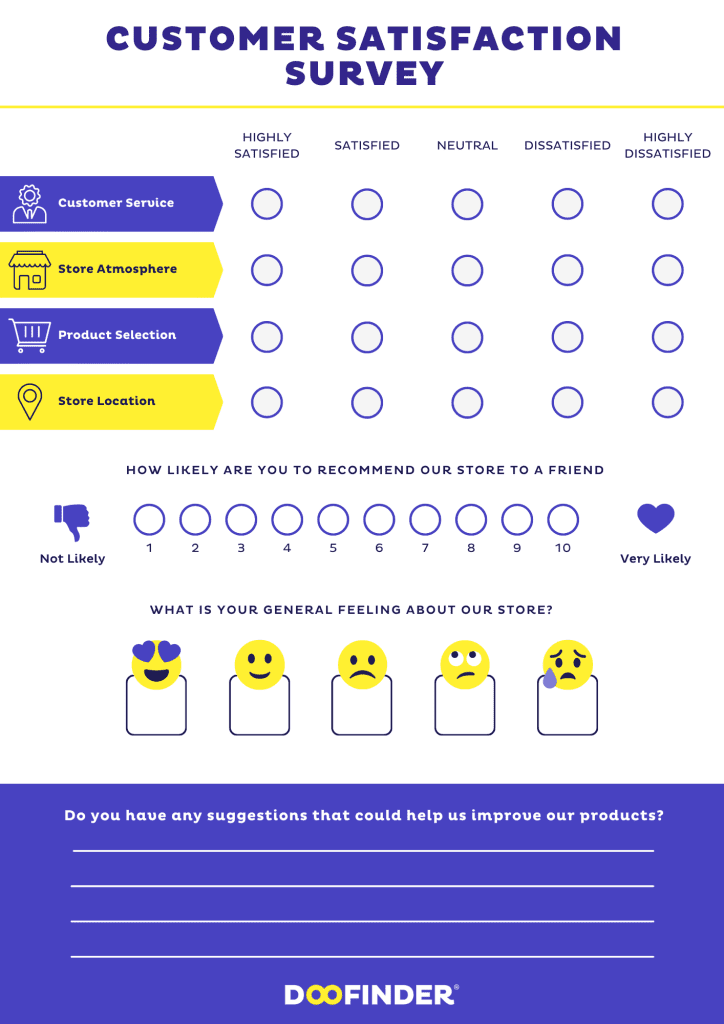
Sales objections
Objections are practically inevitable in sales. Again, don´t take them personally! This is how your customers communicate their unwillingness to buy your product.
These usually swirl around the price ( “Too expensive!”), product features (“Your product is lacking extension X; we are not buying unless you provide it!”), no interest in your service (“We are good, thanks!”), or no urgency (“We are not that much in a hurry. Maybe next year”).
Regardless of how your offer has been turned down, objections are totally fine. They are still a valuable source of information for your business to identify deal breakers. Gracefully process them and offer a solution that would be your meeting point between your customer’s needs and your revenue.
Churn feedback
This is how your customer terminates a relationship with you, either through the cancellation of their subscription, unwillingness to extend it, or anything that feels like saying “goodbye” to your product.
The reasons behind this might vary from the mere fact that they preferred using your competitor’s product, got disappointed with your pricing policy, or needed certain features that your product cannot provide. Do not let go of the customer without asking them about one of these reasons. You always have a chance to reassure them by providing a solution that might sound feasible enough for them to stay.

How do I manage my feedback?
Identify your goals
Before gathering your customer feedback, focus on the type of information you need. It has to be specific to track the typical pattern of your customer’s behavior. Think of the scope of work: do you want to evaluate the overall customer experience or address an individual problem?
Don’t ask your customers just anything. Tailor a unique feedback collection strategy to match your objectives.
Collect your feedback
Try to gather your feedback from as many channels as you can. You want to evaluate all the facets of your business, so a single type of customer feedback is not enough to make substantial adjustments.
A big chunk of insights can be inferred from audiences that use multiple feedback channels to communicate their opinion about your solution.
And numbers don’t lie. 36% of buyers expect a seamless omnichannel experience, and they will likely seek a new supplier if they don’t get it. So, collecting feedback from multiple channels is a must.
Categorize your feedback
Since your pool of feedback channels is vast, soon, you may drown in data!
To avoid frustration, sort your data into relevant categories. This is the simplest way to identify patterns that will bring you to accurate conclusions on how your customers perceive your products.
Act accordingly
One of the most critical stages of your feedback management process is taking action or closing the feedback loop. Gathering customer feedback without doing anything is simply pointless! Apart from wasting your time and money, zero action taken will result in customer churn since many people will feel abandoned and ignored.
You are expected to respond timely and show your customers what’s been done to address their problems. When customers see the practical results of their queries, they are more prone to trust you and rely on your product.
Monitor your results
Even if you’ve managed to set up your feedback management process and take action, your job isn’t done yet. Tracking your results is an ongoing process that requires constant adjustment along the way. And there are no ready-made solutions for that in the long run. You need to stay open-minded, be creative, and adopt a personalized approach to anything that comes to you.
By reaching out to your audiences in non-generic ways, you have higher chances of gathering more feedback to constantly implement innovations, identify new business objectives, and boost your customer loyalty.
Wrapping up
Feedback management may appear daunting, but with the right process in place, you can discover new opportunities for your business and earn your customer’s trust. Practice listening actively to everything your customers say about your product on all the available feedback channels.
Make sense of the obtained information and act according to the interpreted insights. Constantly ask yourself: ”How am I doing?” or “Did I get more loyal customers by taking action?” Remember about specialized digital solutions to help you in your feedback management journey.
No time for tedious email surveys? Customize and automate them with Snov.io cold email to get more time for personal meetings with your customers for more comprehensive feedback. Automating specific tasks makes it easier to gather quantitative and qualitative data and quickly identify pain points to deliver excellent customer service!


















